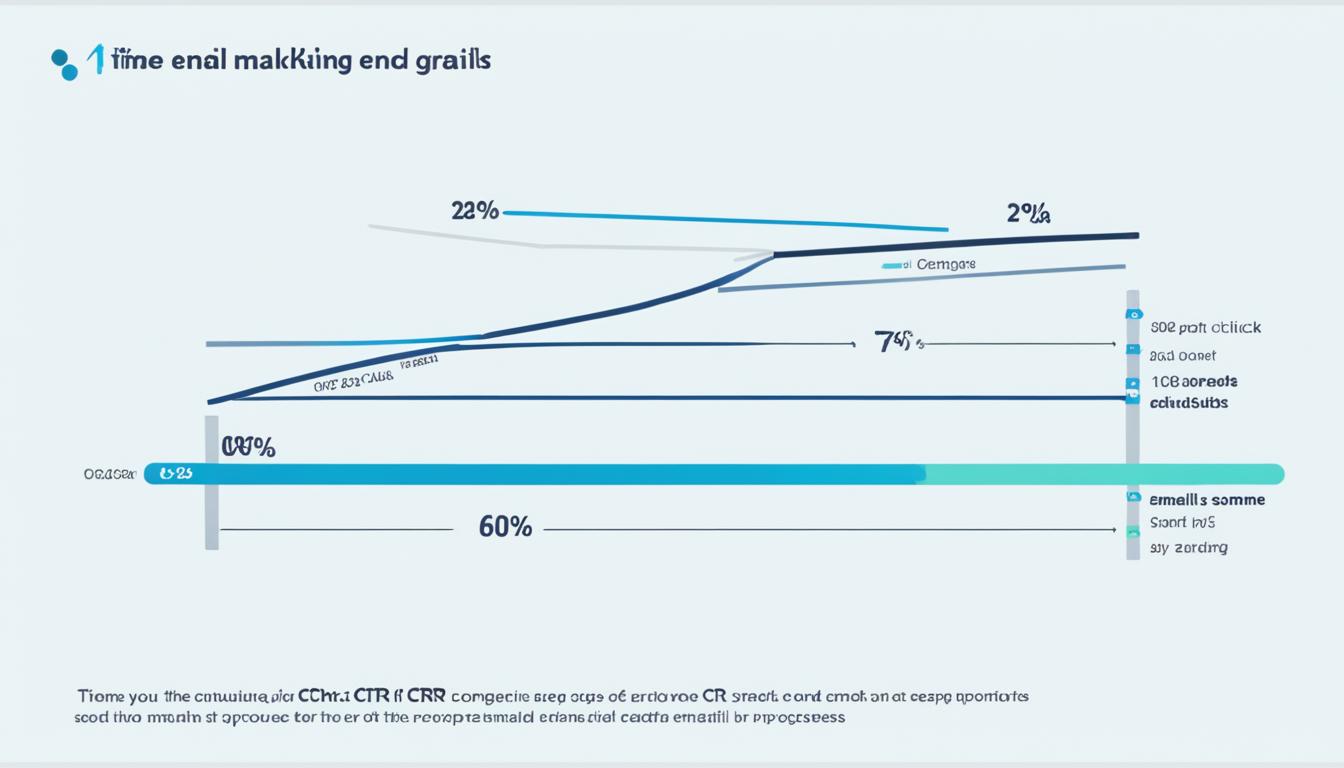Glocal marketing combines global and local marketing strategies. Brands worldwide use it to adapt their marketing to different cultures. This means understanding what people in different areas like and how they behave. The goal is to keep the brand’s global appeal while making it relevant locally.
For this to work, companies engage in hyperlocal advertising and create campaigns that resonate locally. They use techniques like global branding and multi-local marketing. To be successful, businesses focus on local research and learn about cultural aspects beyond just language. Making sure their international SEO is spot-on helps boost their visibility across borders. Structuring teams wisely ensures the approach stays on track.
Key Takeaways:
- Glocal marketing involves tailoring international marketing efforts to local cultures.
- It goes beyond language translation and requires thorough research and analysis.
- Hyperlocal advertising, global branding, and targeted local campaigns are key strategies.
- International SEO and team structuring are important for successful glocal marketing.
- Examples of glocalization include McDonald’s, Whirlpool, and Coca-Cola.
What is Glocal Marketing?
Glocal marketing, known as localized marketing, involves changing marketing campaigns for specific global audiences. It considers local culture, language, customs, and behaviors. It aims to make brands resonate with global audiences, adapting to different cultures. It’s more than just translating language. It’s about adapting to local norms and preferences.
Glocal marketing combines global marketing with local culture. This approach helps businesses make marketing strategies that appeal to their target audience. It encourages companies to customize their campaigns for different regions, recognizing cultural differences that affect consumer behavior.
Localization is key in glocal marketing. It requires changing products, messages, packaging, and branding to match local consumer preferences. This step needs a lot of market research to understand consumer behaviors, preferences, and cultural sensitivities.
Understanding local culture is vital in glocal marketing. By respecting local customs and traditions, businesses can connect better with their audience. This connection builds trust and credibility, important for entering new markets.
Glocal marketing understands that each market is unique. It lets companies customize their strategies to fit local cultures and values. This way, brands can stay consistent and relevant while meeting the needs of each market.
In summary, glocal marketing is essential for businesses wanting to grow globally while being relevant locally. It requires knowing the cultural background, preferences, and behaviors of the target audience. By using glocal marketing, businesses can combine global branding with local adaptation for successful market expansion.
Is Glocal Marketing Right for Your Business?
Glocal marketing isn’t just a fancy term. It’s a must for companies going global, needing a solid localization plan to connect with worldwide audiences. It helps businesses grow across borders and reach more customers in other countries.
To adopt glocal marketing, you must research markets, analyze data, and grasp local cultures and norms. It’s vital to check if glocal marketing suits your business, given your target audience, market scope, and resources.
Thinking about glocal marketing means looking at your goals for going international. Do you aim to grow worldwide and enter new markets? Or do you wish to keep your brand global but locally relevant?
Your localization approach must match your business plans and the markets you target. Deep market research helps understand cultural differences, consumer habits, and preferences abroad.
Market Potential and Global Reach
Explore how your products or services might do in other countries. Look at factors like population size, buying power, and competition. See if there’s a need for what you offer and if the market’s big enough for your global marketing efforts.
Glocal marketing extends your global reach and opens up new customer groups. By customizing your marketing to fit local cultures, you can connect with target audiences and make your mark in foreign places.
Resource Allocation and Localization Strategy
Going glocal needs money, skilled people, and tech tools. Think about your budget and ability to do local research, translate, and market.
Make a localization plan that’s more than just translating words. It should adjust to cultural tastes, customer likes, and local messages. A good plan lets you reach and connect with world audiences.
Understanding Cultural Nuances and Social Norms
Glocal marketing demands deep knowledge of local cultures and norms. What works in one place may flop in another. Tailor your messages, images, and channels to match the cultural values and likes of your target markets.
Factor in local customs, traditions, holidays, and behaviors in your glocal strategy. Marketing that resonates with the local culture builds trust and long-lasting customer relationships.
Evaluating Return on Investment
Checking the return on investment (ROI) of your glocal efforts is key. Track website visits, conversions, and market feedback. See how your localized marketing affects brand recognition, engagement, and sales.
Keep evaluating how effective your glocal strategy is. Adjust as necessary to boost results and ensure a good ROI.
So, glocal marketing can be a smart move for companies wanting to grow internationally and reach more markets. By aligning your business goals, resources, market potential, and cultural insights, you can decide if glocal marketing is for you. A solid glocal strategy lets your business shine globally while staying relevant locally, leading to successful expansion and growth.
How to Get Started with Glocal Marketing?
To start glocal marketing right, first, do lots of local research and data analysis. This means checking which countries bring the most visitors to your site and could be good for growth. It’s also key to know what languages your audience speaks most.
Working with a localization company can help. They provide deep insights into what people are buying, how big the market is, what tech they’re using, and local cultures.
By knowing your target market deeply, you can make ads that truly speak to them. This way, you’re sure to make choices based on solid data. And your glocal marketing will really hit the mark, sharing your brand’s story in a way that fits their needs and likes.
Key Steps in Getting Started with Glocal Marketing:
- Conduct thorough local research and data analysis.
- Analyze target countries for market potential and prioritize accordingly.
- Determine the most popularly spoken languages to effectively communicate with the local audience.
- Partner with a reputable localization company for in-depth market assessments.
- Understand buyer behavior, market size, technology trends, and cultural norms and nuances.
Following these steps sets a strong base for your glocal strategy. It helps you understand international marketing while connecting with local cultures.
Going Beyond Language in Glocal Marketing
Glocal marketing is more than just translating words. It’s about cultural fit and smooth customer experiences. Businesses must weigh many factors for success in local markets.
Adapting the Tone of Voice and Messaging
Adapting tone and message for the local audience is key. Understanding cultural nuances helps. This way, businesses can forge deeper connections and trust.
Take Starbucks as an example. They use local language and phrases in their campaigns. This strategy helps them create a familiar and personal feeling among customers.
Developing Relevant Imagery
Images are crucial in glocal marketing. They should match local culture and look appealing. Use symbols and colors that stir emotions and make locals feel at home.
Coca-Cola’s “Share a Coke” campaign is a standout. It used bottles and cans with local names. This move boosted engagement and showed cultural awareness.
Adapting Technology Preferences
It’s also about tech preferences. Tailor digital platforms to match local tech use and habits. A seamless digital experience increases engagement and sales.
Amazon, for example, customizes its platform per country. They adjust user interfaces and payment options to meet local customer needs.
Enhancing Social Media Strategies
Social media is another frontier. Develop strategies that click with local cultures. Creating relevant content and using local influencers are strategies to consider.
McDonald’s runs localized social media campaigns effectively. They highlight local menu items and events. This boosts their brand in various markets.
Optimizing Online Checkout Experience and Billing Processes
Optimizing the checkout process for locals is important too. Offer preferred payment methods and understand cultural nuances in transactions.
Apple excels in this area. They provide various local payment options. This makes buying easy and convenient for global customers.
Delivering Excellent Customer Service
Adapting customer service to match local cultures is crucial. Use the local language for prompt and personalized support. This enhances satisfaction and loyalty.
Amazon leads in customer service globally. They offer support in many languages. They adapt their service to meet the diverse needs of customers worldwide.
By focusing on cultural adaptation and customer experience, businesses can build strong brand connections. This fosters loyalty and helps successfully enter foreign markets.
Gaining Glocal Visibility with International SEO
International SEO is key for businesses targeting foreign markets. It helps in reaching both global and local audiences. Key strategies boost online visibility and expand market share globally.
Content Optimization
Optimizing content for various languages and cultures is crucial. This means translating your website’s content, including key elements like meta tags. Tailoring your content boosts search rankings and attracts more visitors.
SEO-Friendly URL Structure
URLs should be easy for both users and search engines. Including relevant keywords and topics helps improve search visibility. Geotargeting signals can also be used to show the intended country or region.
Geotargeting Signals and Localization
Geotargeting helps search engines deliver local results. Specify your target country or use hreflang tags for regional content variations. Utilizing geotargeting helps engines present relevant local content.
Quality Multilingual Content
High-quality, multilingual content boosts glocal visibility. It’s essential to create content that speaks to audiences in their own language. Professional translation ensures content quality across different cultures.
User Experience and Mobile Optimization
Improving your website for users is key. Make sure it’s mobile-friendly and quick to load. A good user experience leads to better search rankings and more traffic.
To gain glocal visibility, understand your markets and be culturally sensitive. Use the right strategies to reach more people globally and improve your marketing efforts.
Structuring Your Team for Quality Assurance in Glocal Marketing
To make sure your glocal marketing is top-notch, you need the right team setup. This means using tech to translate content and having someone check the content to make sure it’s right for each place. It’s key to hire someone who knows the language well to check translations. This ensures your brand and important keywords are correct in every language. Getting your team right for glocal marketing ensures your brand is the same everywhere and keeps customers happy.
Having the right team in glocal marketing is key for great campaigns that connect with people everywhere but keep your global brand’s feel. Let’s look at what’s important for your team:
- Localization Technologies: Use the best tech to help translate and make sure things are correct. These tools help with tasks like translating content, pulling out text, and managing terms. They also make it easier for team members in different places to work together.
- Human Touch: Tech is important, but so is having people involved. Having a team of translators and cultural experts adds that human element. They understand the local culture, can tweak your brand’s message, and make sure it fits culturally.
- Brand Messaging and Positioning: Your team needs to really get your brand’s main messages and how it wants to be seen. They should be able to change your brand’s message so it works well in other cultures. Making sure your brand’s message is the same everywhere is vital for people to recognize and trust your brand.
- Customer Experience: Glocal marketing focuses a lot on making sure customers have a great experience. Your team should work hard to understand what customers in each market like and expect. They should make changes to things like website design, how users interact with your site, payment methods, and customer support to fit what people in that place expect.
By getting your team structure right for glocal marketing, your brand will stay true to itself and connect well with people everywhere. This way, your business can share its value clearly, connect deeply with customers, and do well internationally.
Glocalization and its Effects on Local Economies
Glocalization means adapting global products for local markets. It can bring good and bad effects to local economies. Companies can meet the unique needs of local consumers through glocalization. This can make customers happier and grow the economy. But, it also makes it hard for small local businesses to compete with big companies.
Glocalization requires lots of resources. This makes it tough for small businesses to keep up with big companies. They might find it hard to compete. This could lead to fewer businesses competing and potentially lower prices. Some local businesses might even fail because of the tough competition.
Yet, glocalization can also help local economies in a big way. When big companies customize their products, they can create jobs. This is important in places with few job opportunities. By fitting their products to what local people want, these companies can boost the economy. They help with the development of the local area.
The impact of glocalization varies in different areas. In some places, it might bring more jobs and growth. But in others, it could be tough on local stores. Keeping a healthy level of competition can be a challenge.
Glocalization has both ups and downs for local economies. It’s important for everyone involved to think carefully about its effects. They should work towards helping local businesses while also welcoming global investments. This balance is key for long-term economic health.
Impact of Glocalization on Local Economies
| Positive Effects | Negative Effects |
|---|---|
| Job creation | Decreased market competition for local businesses |
| Economic growth in underserved regions | Challenges for local businesses to compete with multinational corporations |
| Increased consumer satisfaction | Potentially lower prices due to decreased competition |
Glocalization can have benefits like job creation and boosting the economy. However, it also poses some tough challenges for local businesses. Finding the right balance is essential for healthy economic growth.
Examples of Glocalization from Successful Brands
Many successful brands have used glocalization to fit into local markets. They adapt their products and marketing. This shows how glocalization helps businesses grow in foreign markets.
McDonald’s
McDonald’s changes its menu to fit local tastes. For instance, it offers poutine in Canada, a local favorite. In China, customers can enjoy green tea frappuccinos, matching their taste.
Whirlpool
Whirlpool designed washing machines for India with special features. They added agitators to wash saris, a traditional wear. This move met the particular needs of Indian customers.
Coca-Cola
Coca-Cola customizes its branding for different countries. In the Philippines, they launched the “Pearl of the Orient” campaign. It celebrated the nation’s heritage and landmarks, connecting with locals meaningfully.
Starbucks
In India, Starbucks offers vegetarian options to match dietary habits. Many Indians follow vegetarian or vegan diets. This strategy helps Starbucks attract more customers.
MTV
MTV adapted its content to fit local cultures around the world. It employed local staff and created relevant programs. This approach strengthened MTV’s global presence.
Mars
Mars changed its brand name based on location. In the US, it’s “Dove” but “Galaxy” in the UK. This helped Mars resonate better with local consumers.
These examples show the power of glocalization in global business success. By respecting local cultures and preferences, brands can thrive and expand in new markets. This deep connection with local consumers drives growth.
Conclusion
Glocal marketing helps businesses grow globally and stay relevant locally. It involves tailoring campaigns and products to meet local cultures. This strategy requires understanding local traditions, behaviors, and needs deeply.
For effective glocal marketing, businesses must research local cultures well. This means looking beyond just language differences. They should use international SEO to be seen worldwide and have teams focused on quality. A good glocal strategy mixes global branding with local tastes. This leads to success in new markets and boosts competitiveness.
Today, thriving in the global market means adopting glocal marketing. It merges global with local in a smart way, helping businesses break down barriers and reach more people. As the world’s economies grow closer, glocal marketing becomes crucial for success. It helps businesses understand and meet the unique needs of different local markets.





